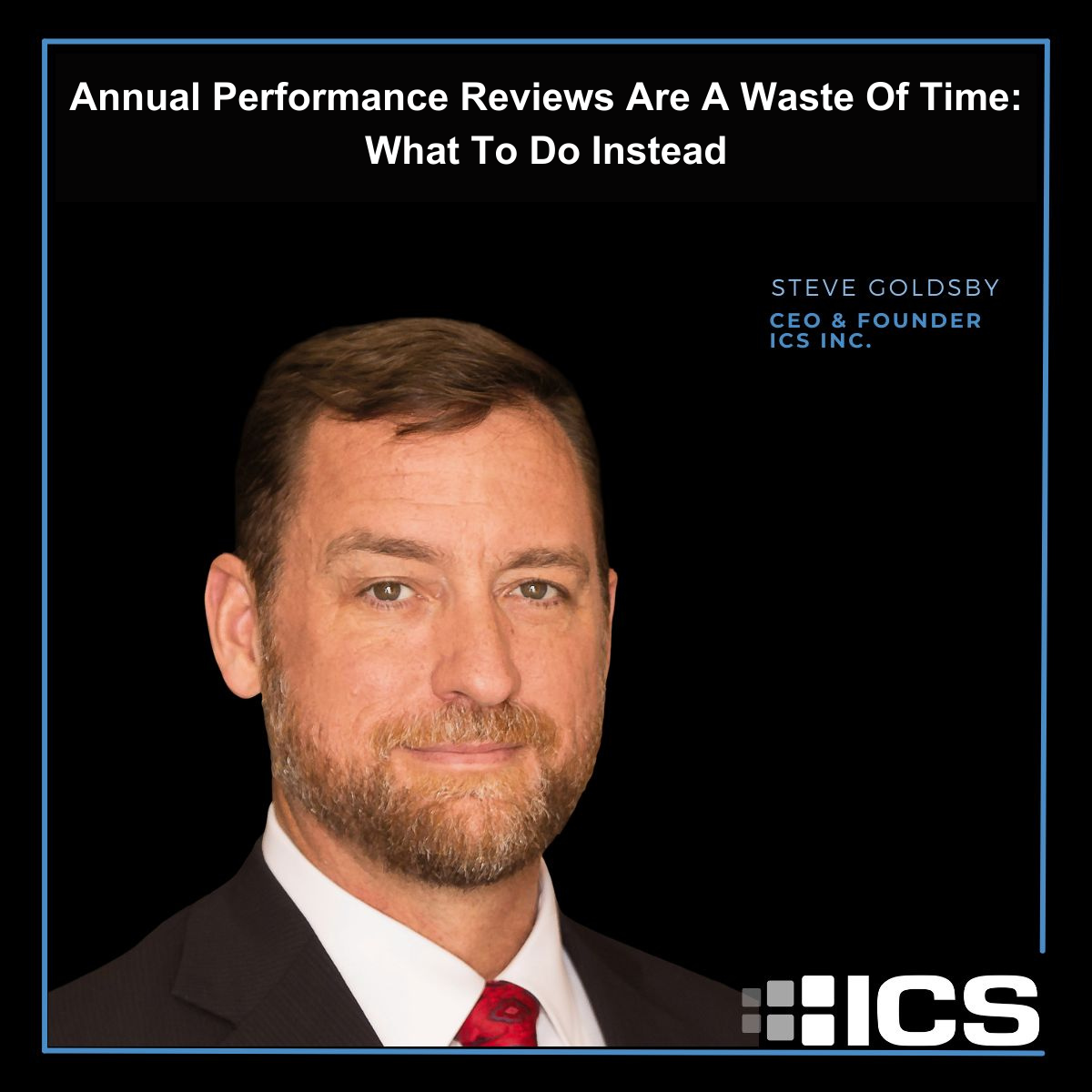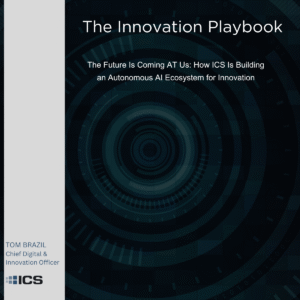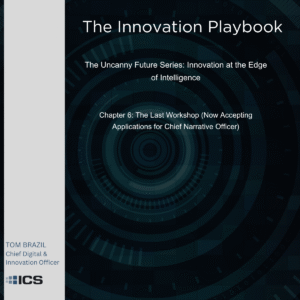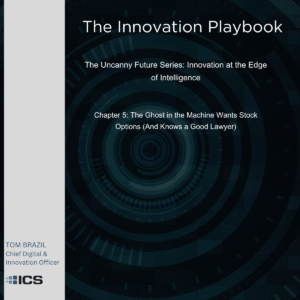Dreading annual performance review season at your company? You’re not alone. The dreaded annual review is outdated, demotivating, and a waste of time. Yet so many companies stubbornly cling to them. Why is that?
We’ve tried them all: The Rating Scale method, the 360-degree feedback, Management by Objectives (MBOs) and the Essay Method. They all have some value but ultimately frustrate managers and team members because of the tedious nature of executing them for several direct reports.
I believe the traditional annual review assumes that employees can only improve their performance with a formal, intensive once-a-year feedback discussion. We now know that frequent coaching conversations are far more effective.
At my company, ICS, all team leads, and managers have quarterly conversations with their team members, usually over lunch. We review alignment with our core values, the duties of their role in the organization, and progress against quarterly objectives. This means there are no surprises when we get to annual performance reviews and raises.
For the annual review, we have a lightweight annual appraisal process focusing on 8 key elements: We assess alignment with our 5 core values – Uncompromising Integrity, Excellence, Getting Stuff Done, Grit, and Selfless Service. Then, we consider 3 simple questions:
1. Does this person “Get It” – do they truly understand their role?
2. Do they “Want It” – do they genuinely love their job?
3. Do they have the “Capacity” to do it well – the mental, physical, and emotional ability?
This cuts away all the bloat of traditional performance reviews. It takes minutes, not hours for each employee. It also reinforces our values and quickly exposes weak points so we can help our people course correct. It also makes it easy to allocate raises.
The benefits for us here at ICS have been substantial:
• No more wasting days writing reviews that may not accurately reflect what really matters to the company, customer, and team and individual.
• Reinforces our Core Values as the single most important traits for success
• Provides clear insights into issues needing attention
• Makes it easy to get underperformers back on track
• Results in increased engagement and motivation
If you’re tired of your annual performance review process, consider following these steps:
🔥 Supplement annual reviews with quarterly 60 minute conversations
🔥 Assess alignment with company values
🔥 Evaluate role fit and capacity
🔥 Realign or reassign underperformers quickly
You’ll free up mountains of time, reinforce culture and fix problems promptly. It’s time for traditional annual performance reviews to die. Put them out of their misery before they demotivate your team again!
#performanceappraisals #employeeengagement #companyculture #smallbusiness #HR







